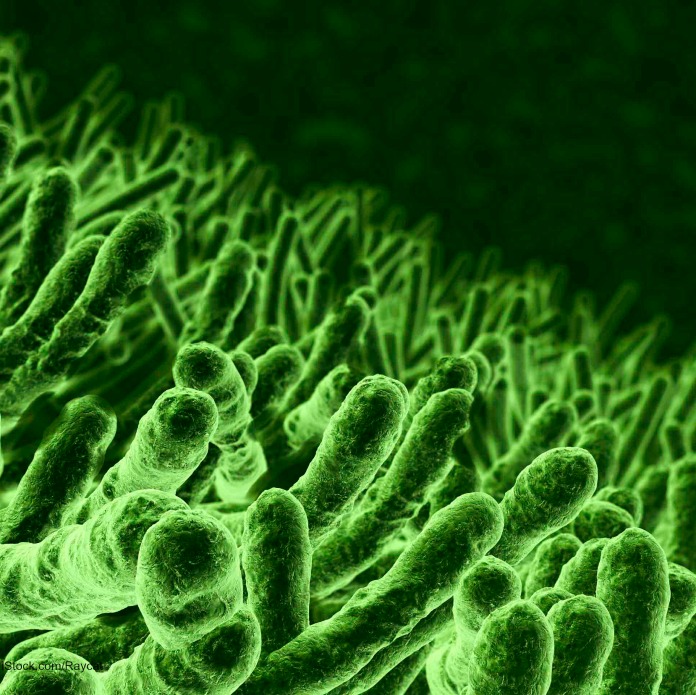Food safety experts are talking about three separate new E. coli O157:H7 outbreaks in the United States that the Centers for Disease Control and Prevention (CDC) have not definitively linked to any food or facility. All may have a common thread, however. Are there three romaine E. coli O157:H7 outbreaks currently ongoing in this country? Maybe.

The first two outbreaks were announced at the end of October 2020. The first E. coli O157:H7 outbreak, which sickened 21 people in 8 states and hospitalized 8, may be associated with a restaurant. The significant clue in this outbreak is that the outbreak strain is closely related to the E. coli O157:H7 bacteria that sickened 210 people in a deadly outbreak linked to romaine lettuce in 2018.
The second outbreak, which has sickened at least 23 people in 12 states and hospitalized 10, may also be attributed to romaine lettuce. In the outbreak notice, the government states that “Of the 13 people interviewed to date, all reported eating various types of leafy greens, like iceberg lettuce (9), romaine lettuce (8), mixed bag lettuce (6), and spinach (9).” The pathogen in this outbreak is closely related genetically to the E. coli O157:H7 strain that sickened 167 people in a 2019 romaine outbreak.
And the third outbreak, which was announced yesterday, may be associated with recalled Tanimura & Antle single head bagged romaine lettuce. Officials in Michigan found E. coli O157:H7 on the lettuce. Moreover, that bacteria is closely related genetically to E. coli O157:H7 isolates taken from sick patients. Even with this evidence, the government is not acknowledging a link at this time. At least 12 people in 5 states are sick in this last outbreak.
Since 2017, there have been six E. coli O157:H7 outbreak linked to romaine lettuce, salad kits, or leafy greens in the United States, sickening hundreds of people. While the government and business associations have tried to fix the problem with guidance and direction, that may not be enough.
For now, if you are in a high risk group for serious complications from food poisoning, you may want to think about eating leafy greens that are cooked first, since thorough cooking destroys pathogens. Kale, mustard greens, and spinach are all good options. And stay tuned to see if these outbreaks are linked to a specific food and solved.

If you or a loved one have been sickened with and E. coli O157:H7 infection, please contact our experienced attorneys for help at 1-888-377-8900 or 612-338-0202.




